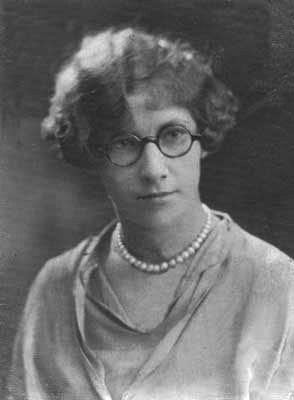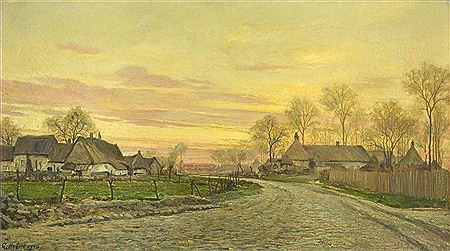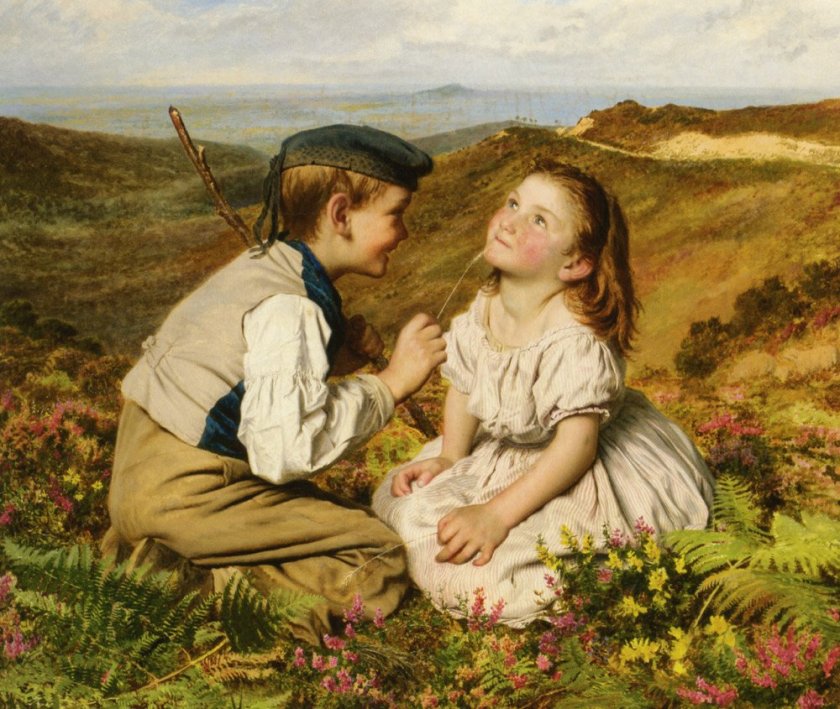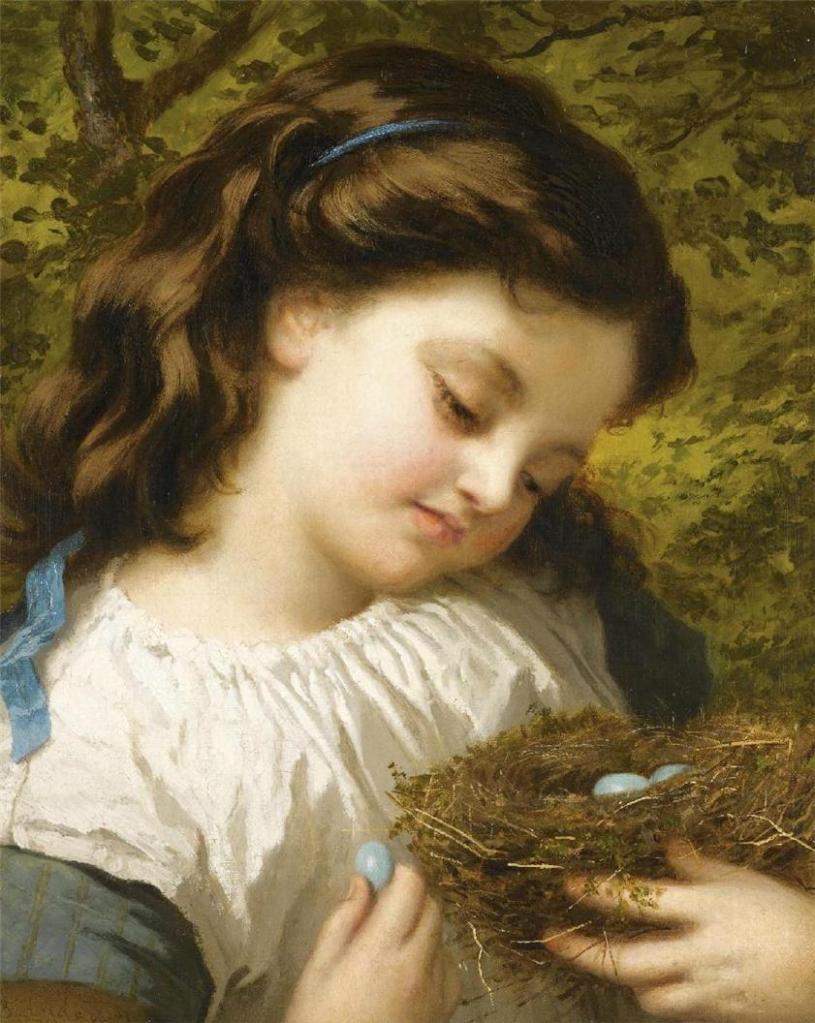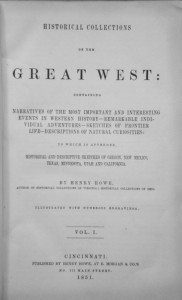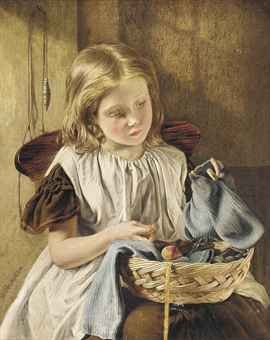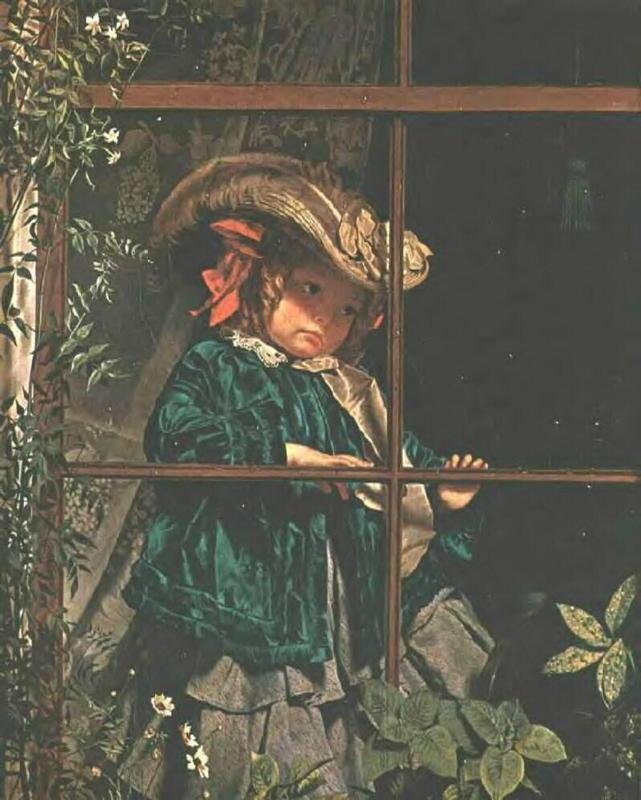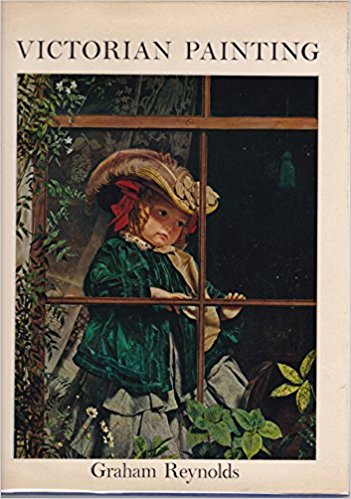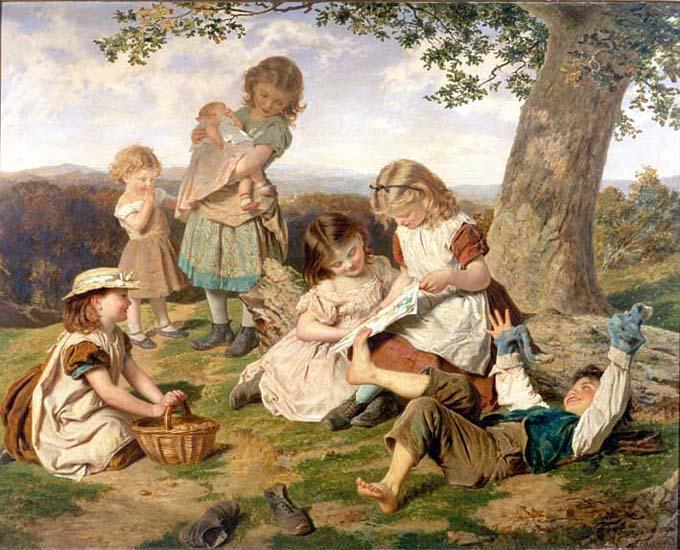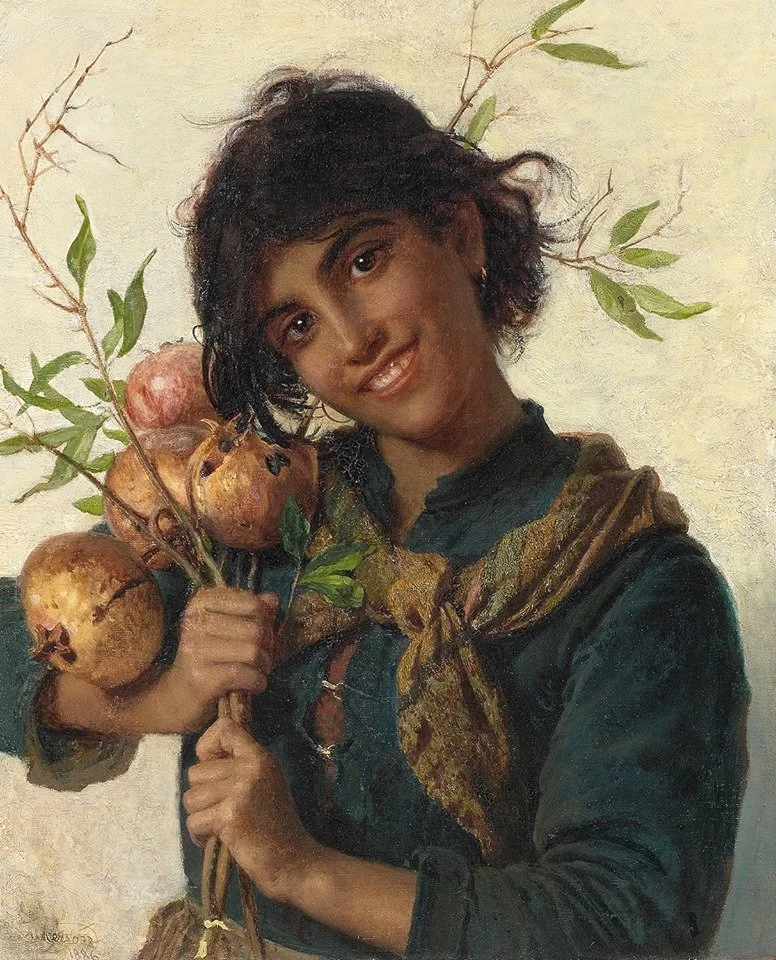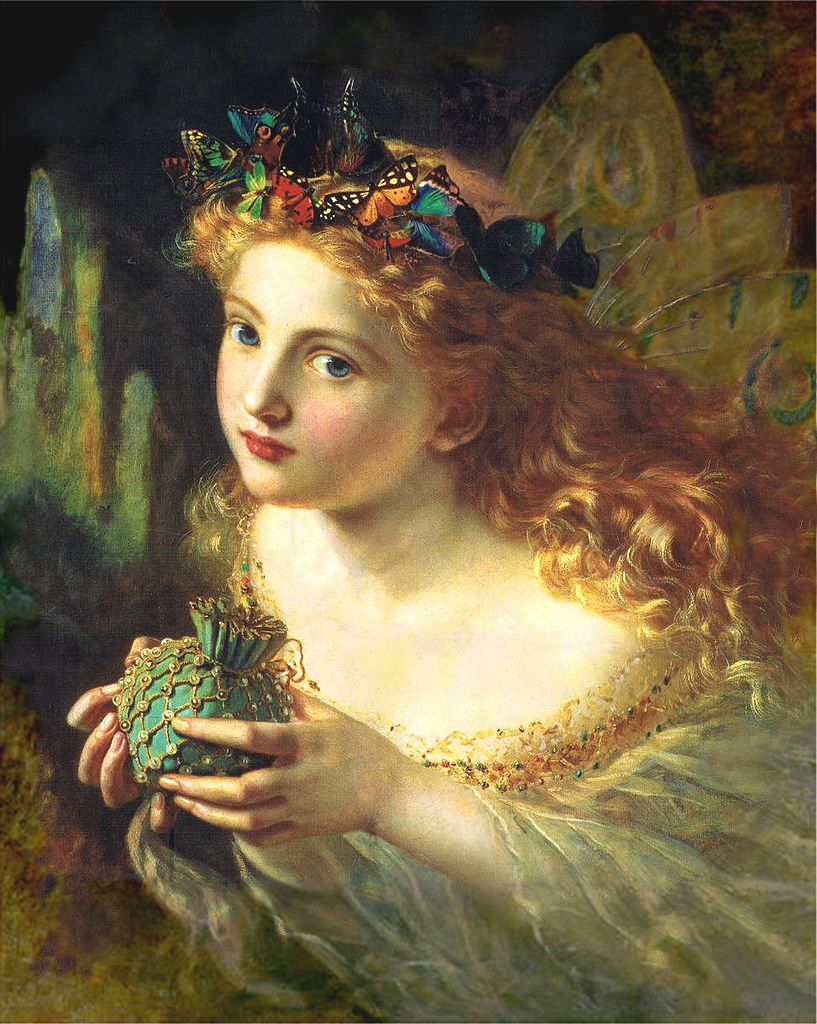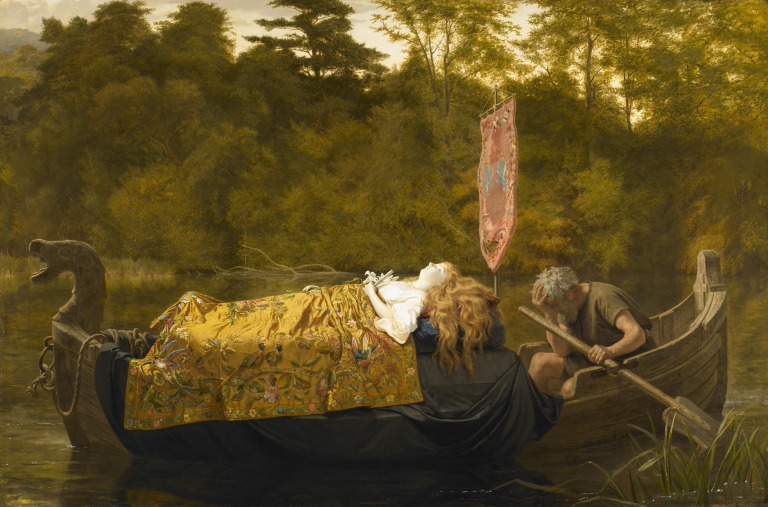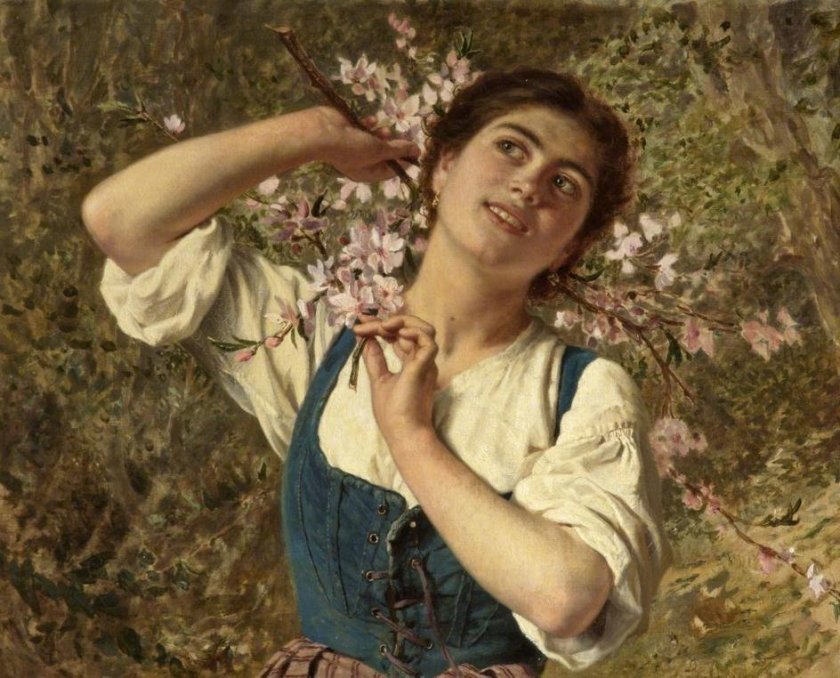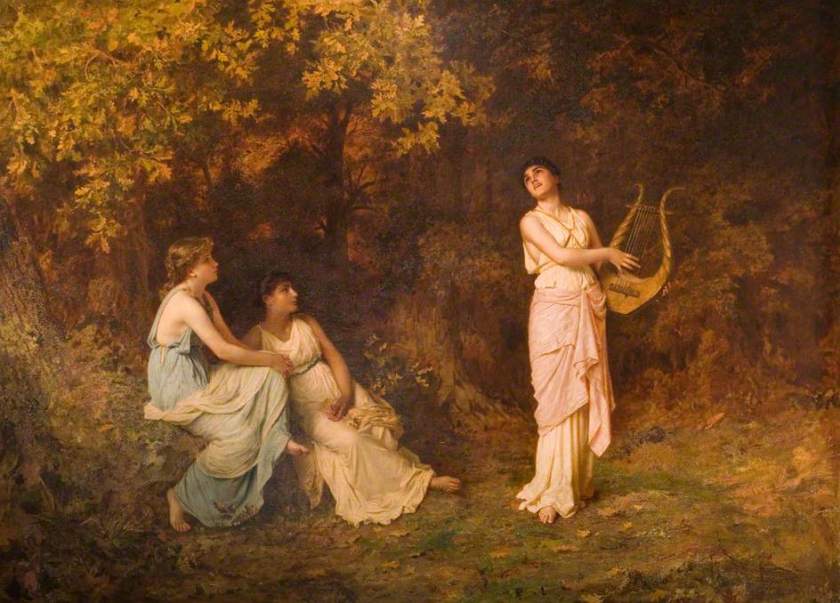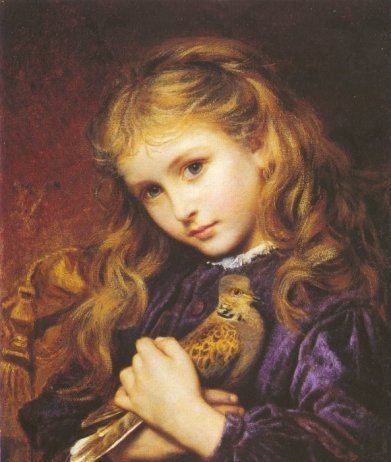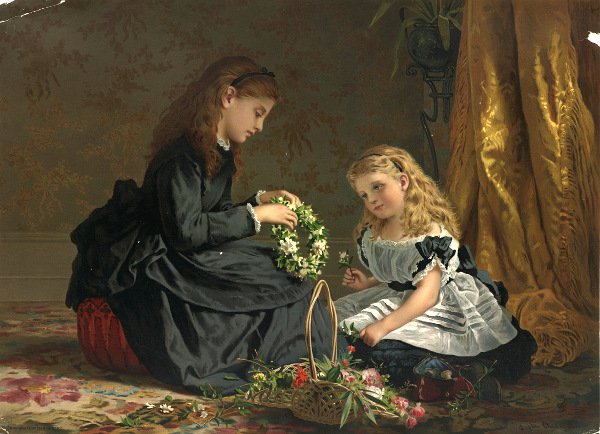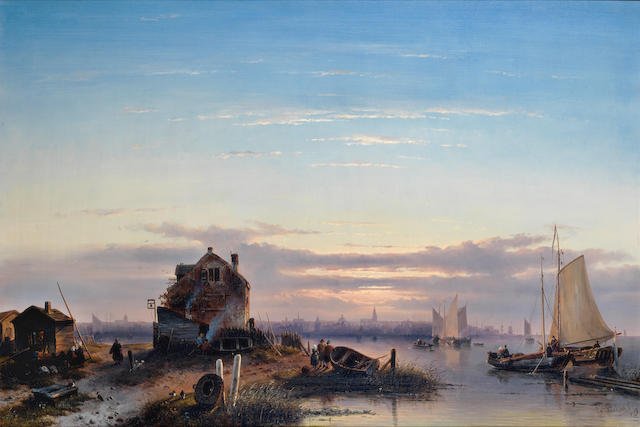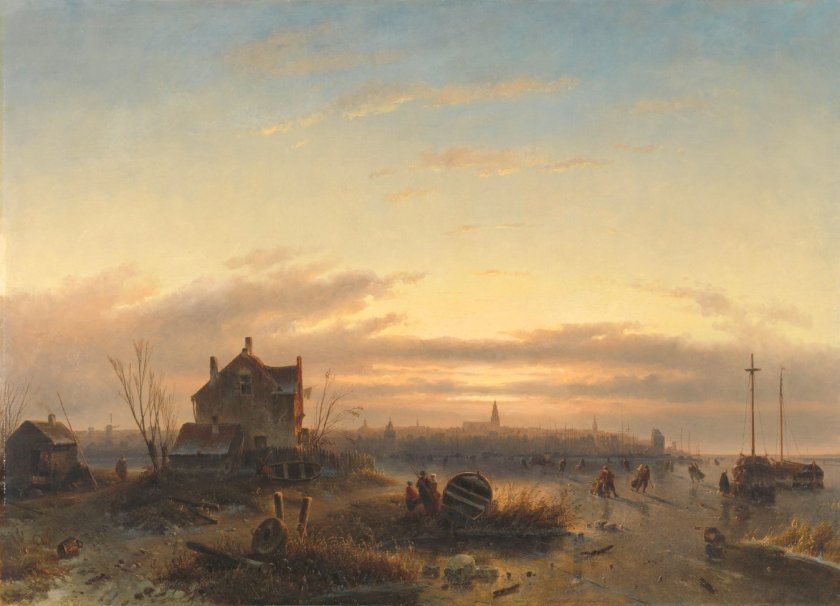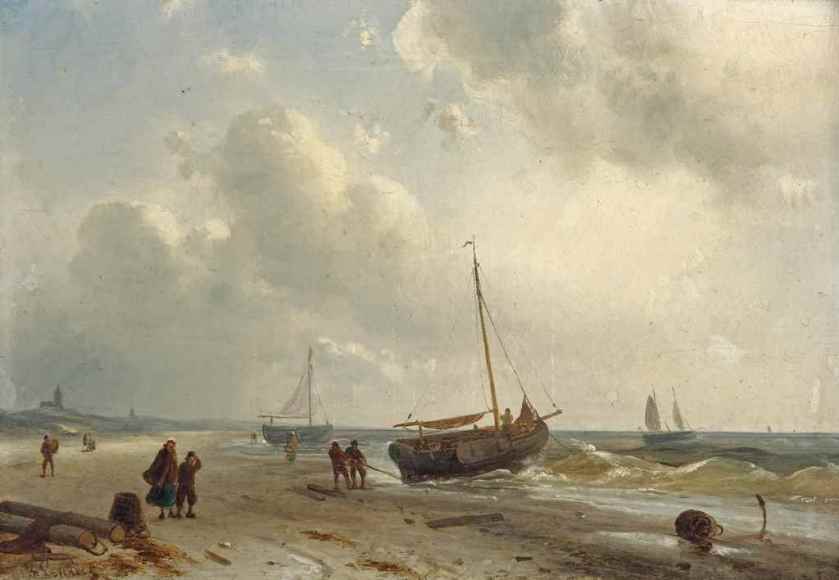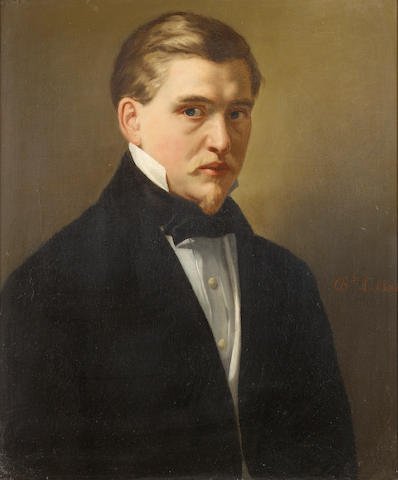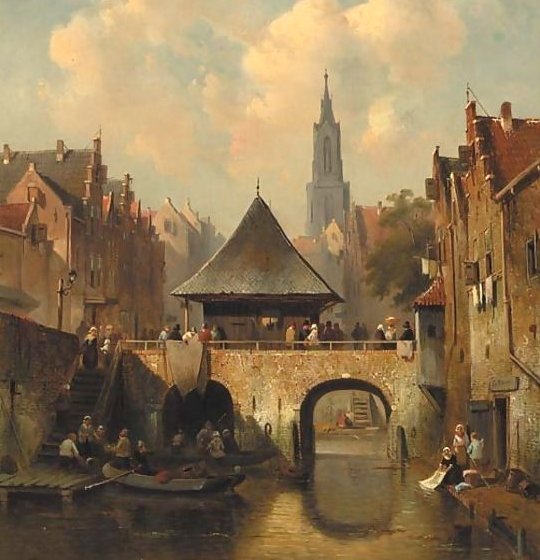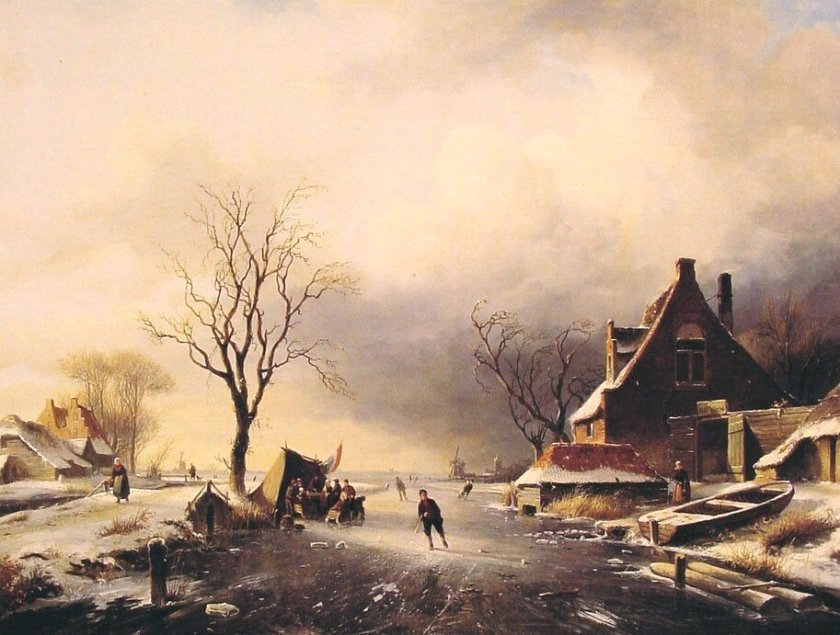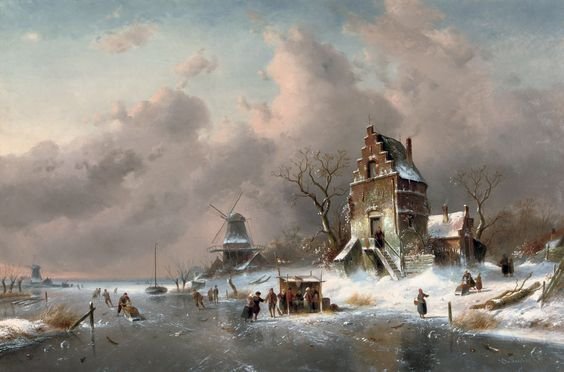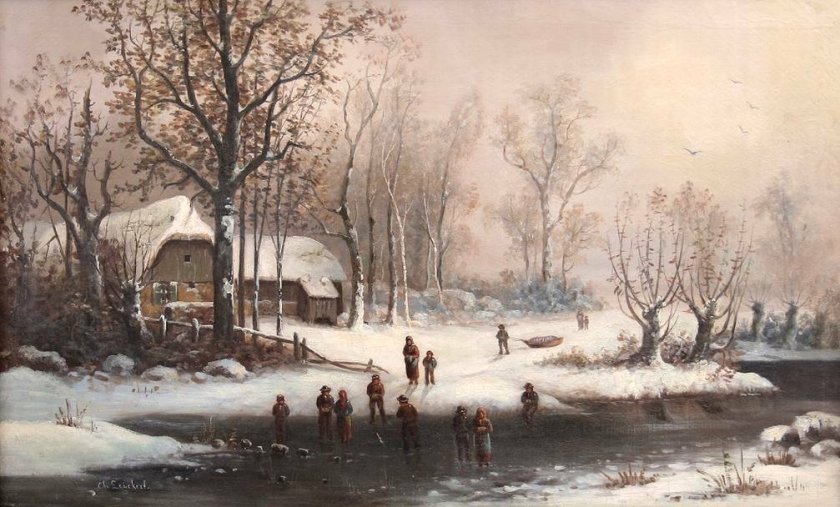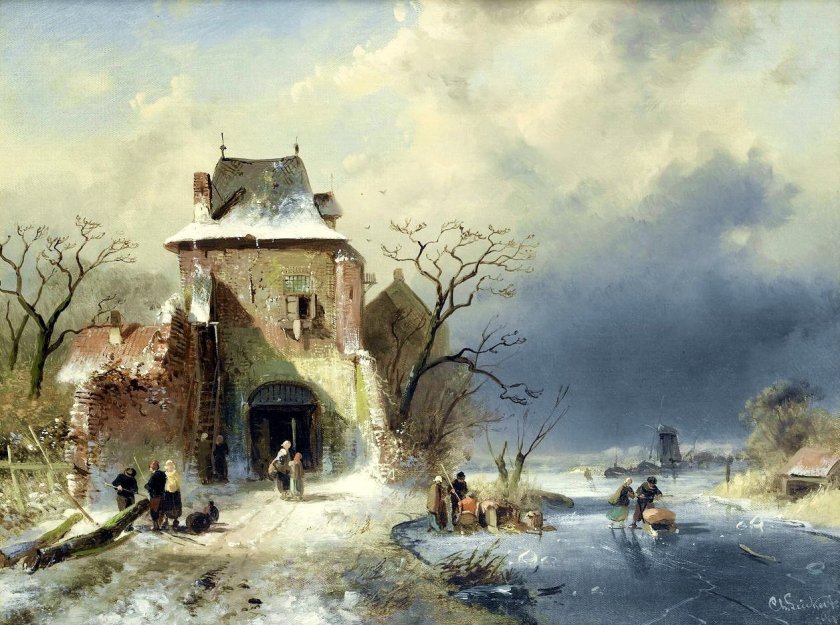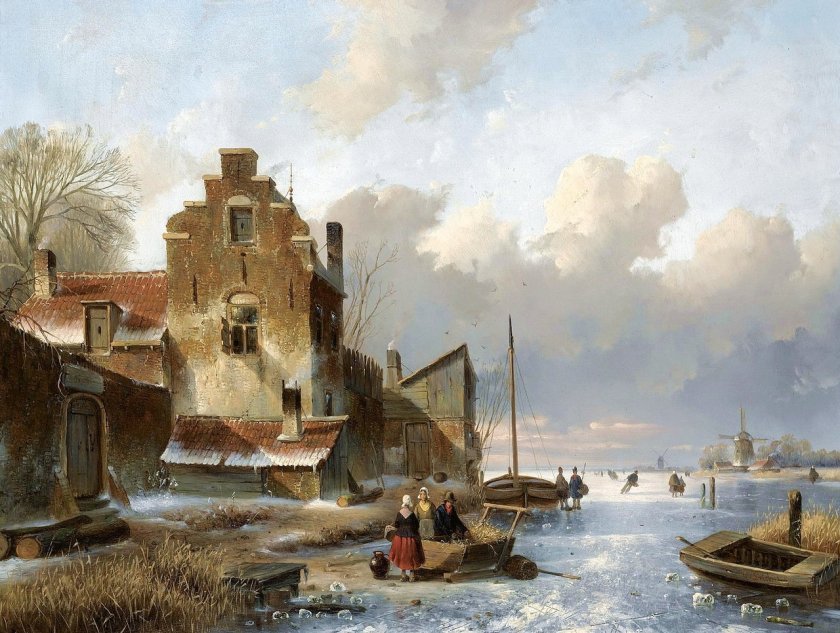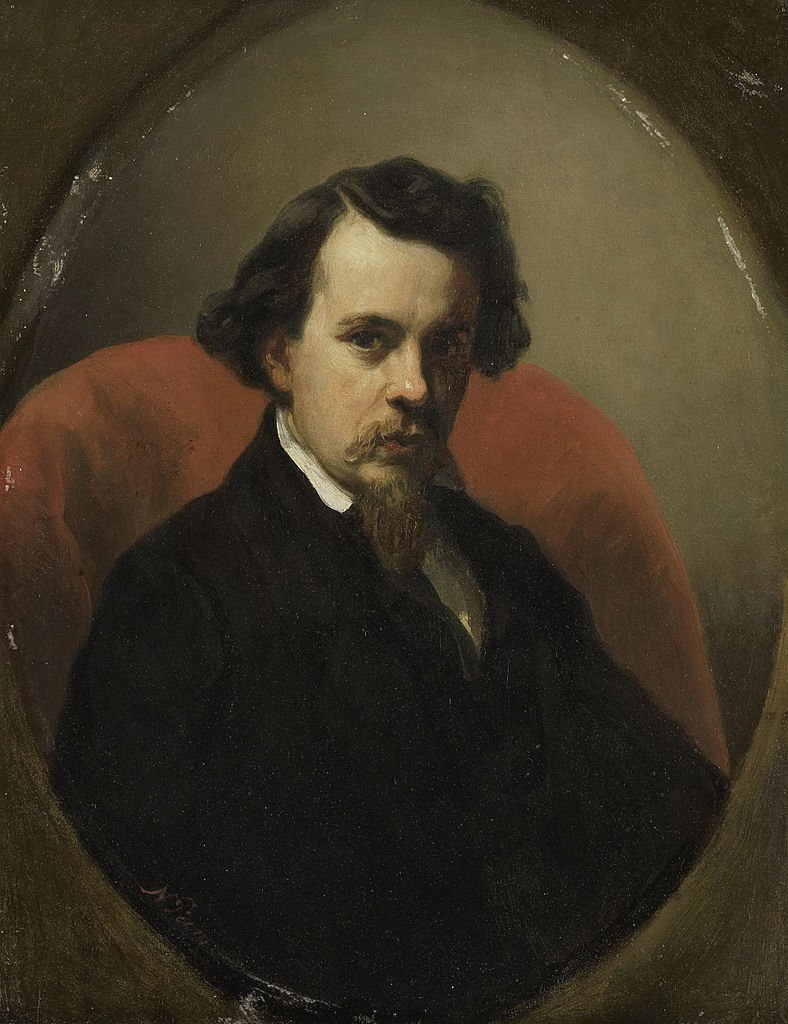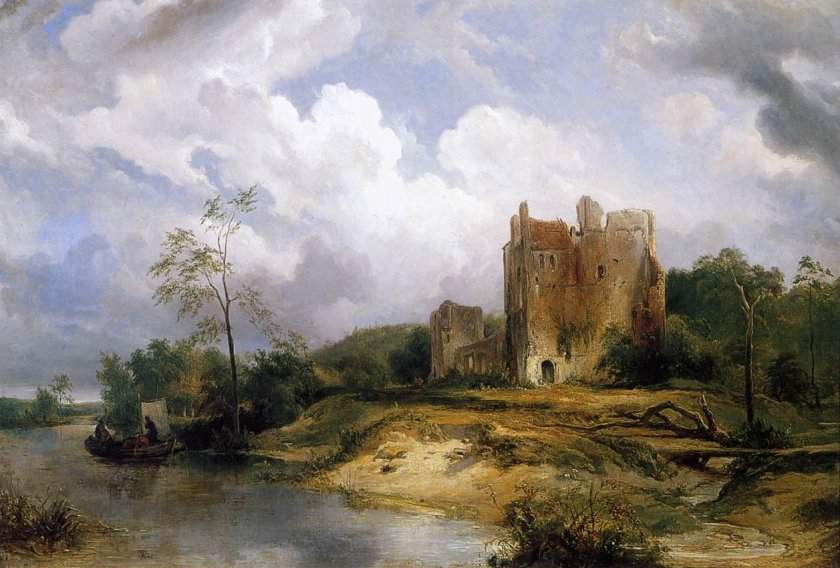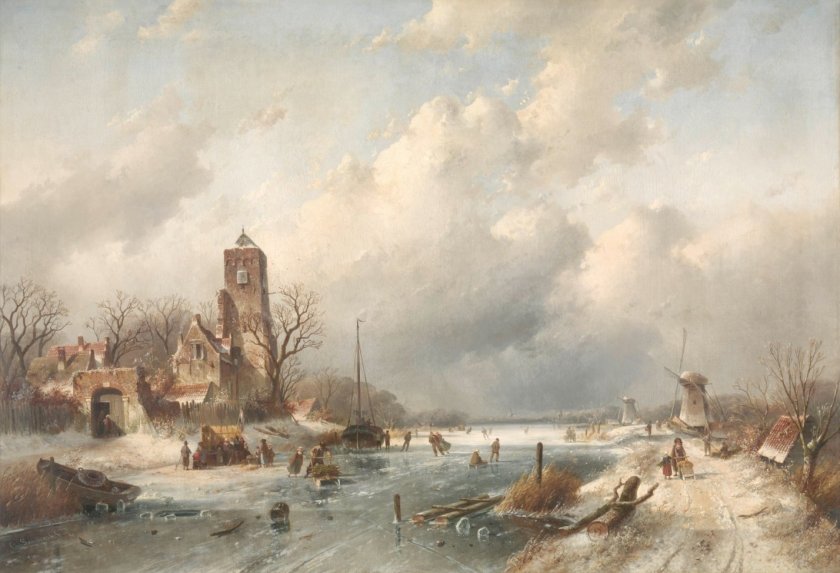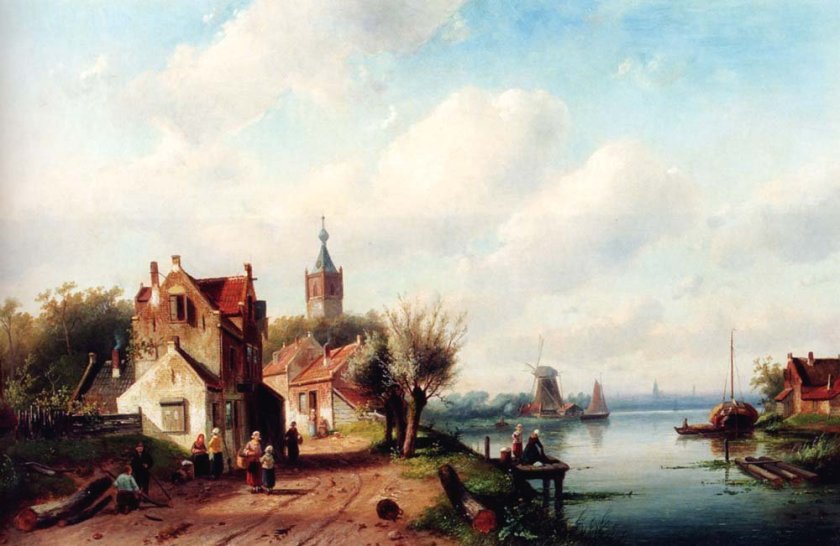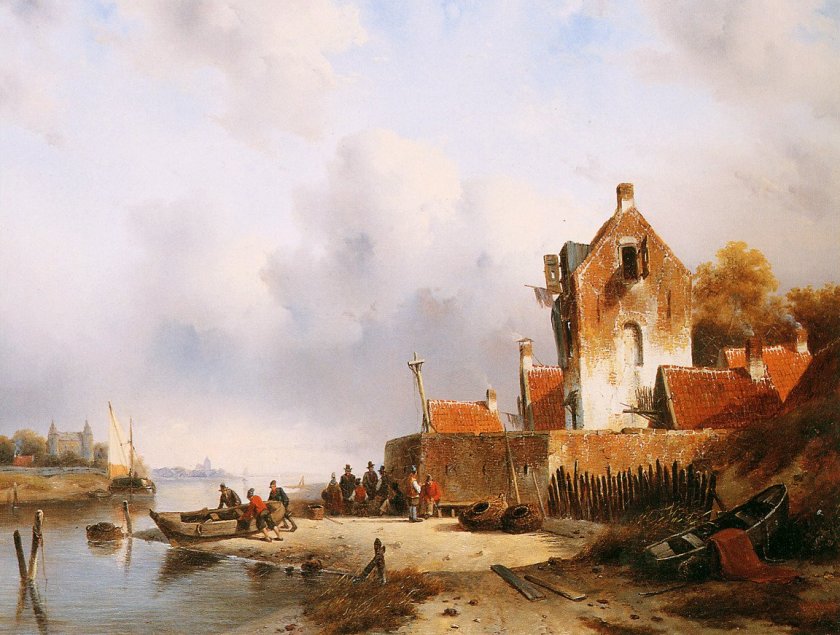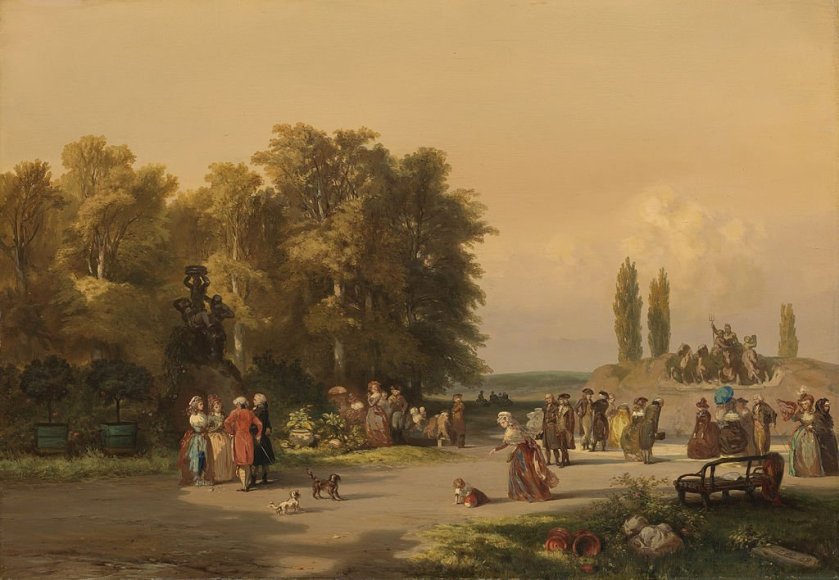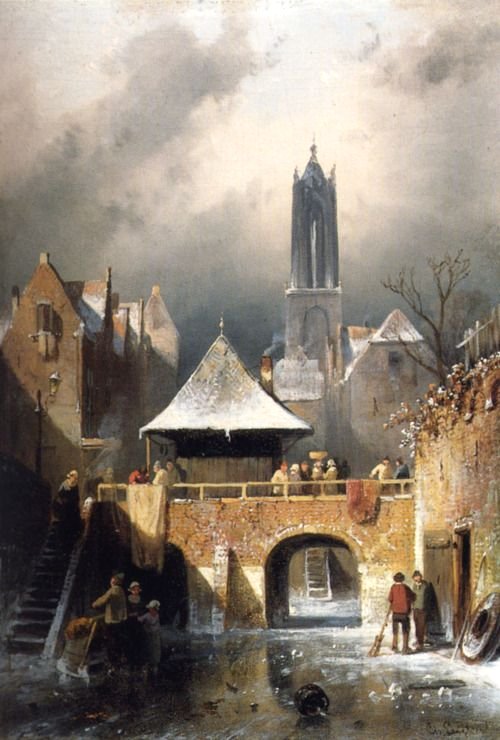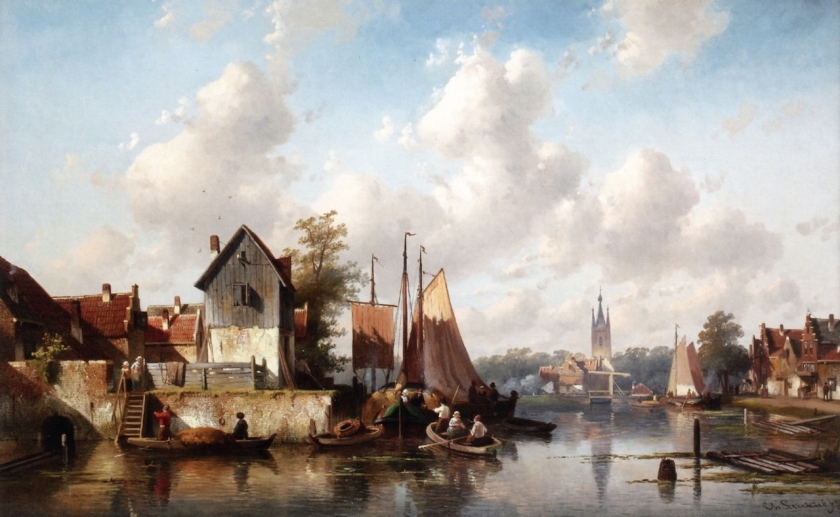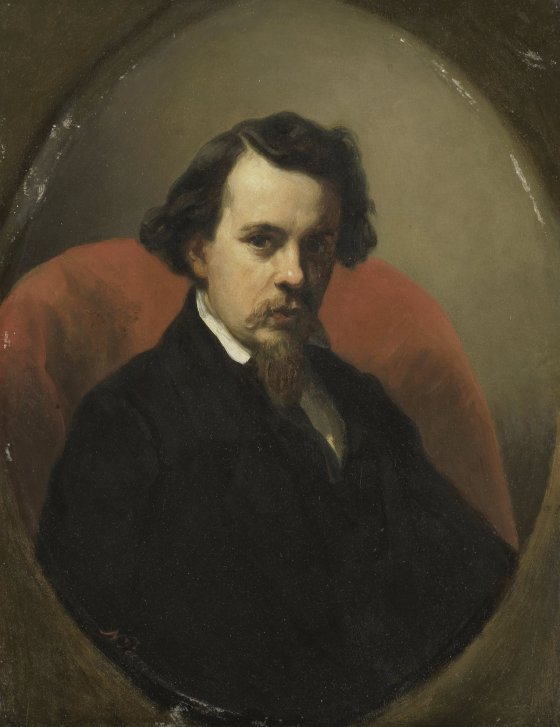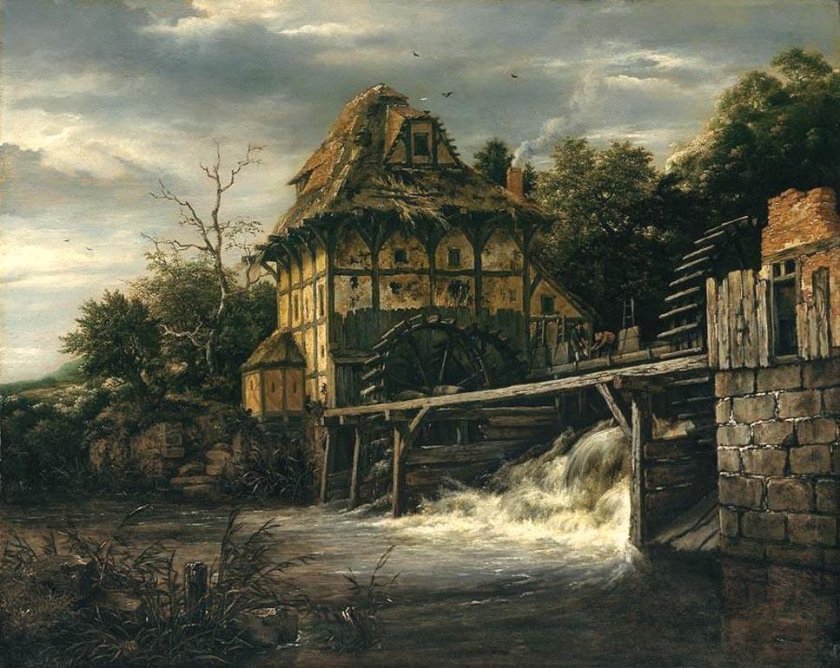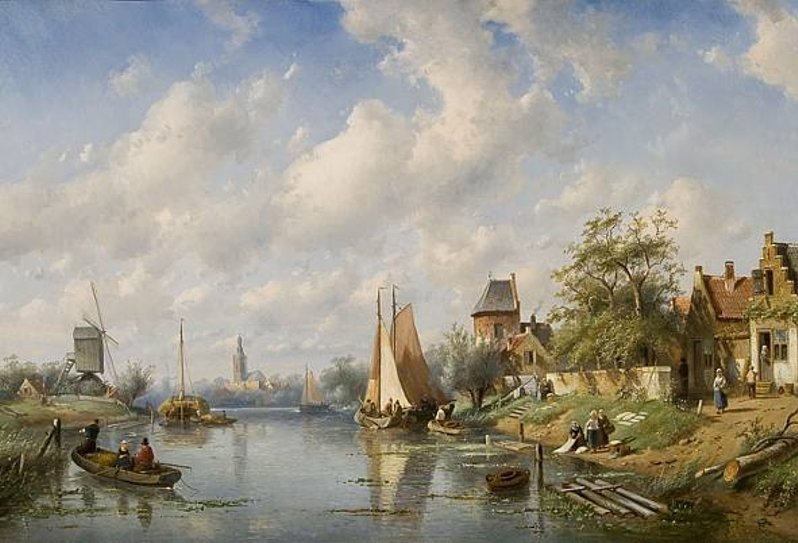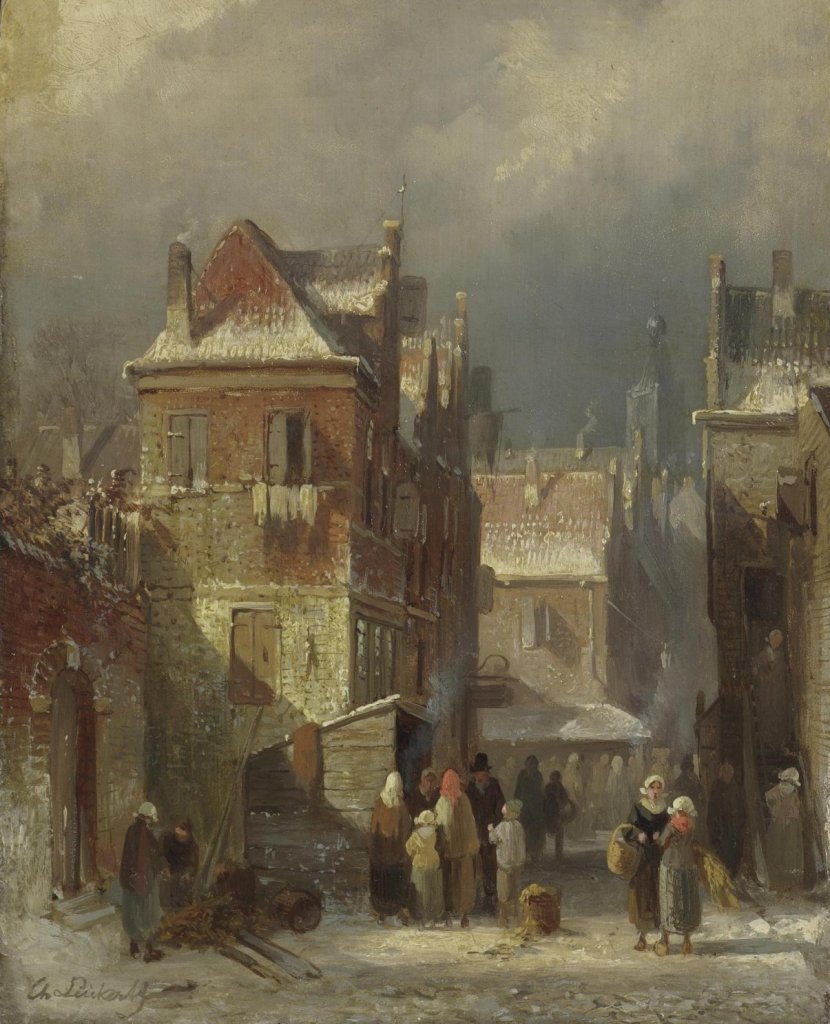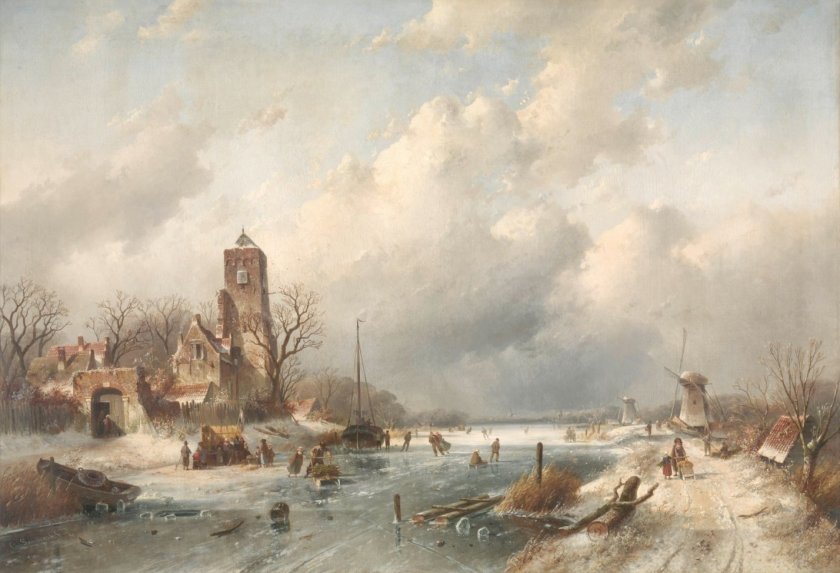
The artist I am featuring today is the South African-born, Australian portrait and landscape artist Florence Ada Fuller. She was born in Port Elizabeth, South Africa in 1867, one of several children of Louisa and John Hobson Fuller. As a child, she emigrated with her family to Melbourne. In 1883, aged sixteen years of age, Florence attended the National Gallery of Victoria Art School and for two years between 1884 and 1886 she worked part-time as a nanny.
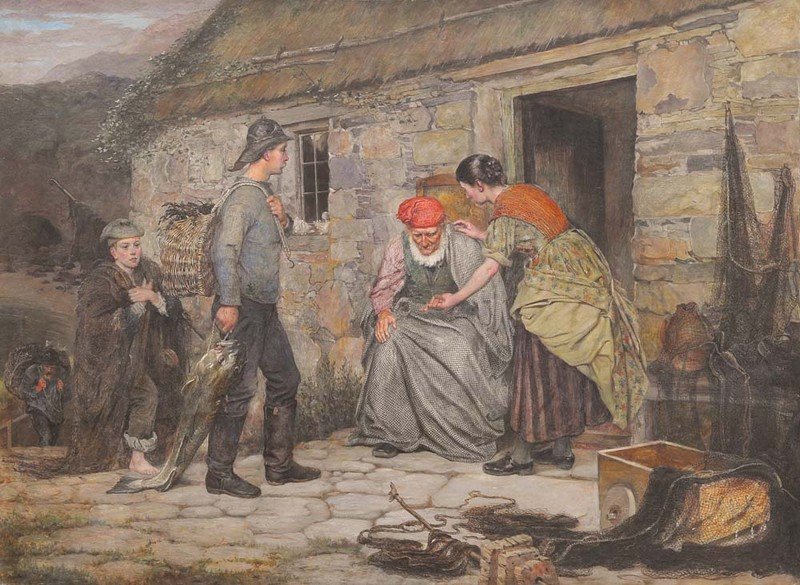
During this period she received artistic tuition from her English-born uncle Robert Hawker Dowling, a painter of orientalist and Aboriginal subjects, as well as portraits and miniatures. He was Melbourne’s most sought-after portraitist of the early to mid 1880’s

One of his portraits was the 1885 one of Sir Henry Loch, later 1st Baron Loch of Drylaw, who was Governor of Victoria from1884 to 1889. This portrait was completed by 1885 and shown in exhibitions in that year.
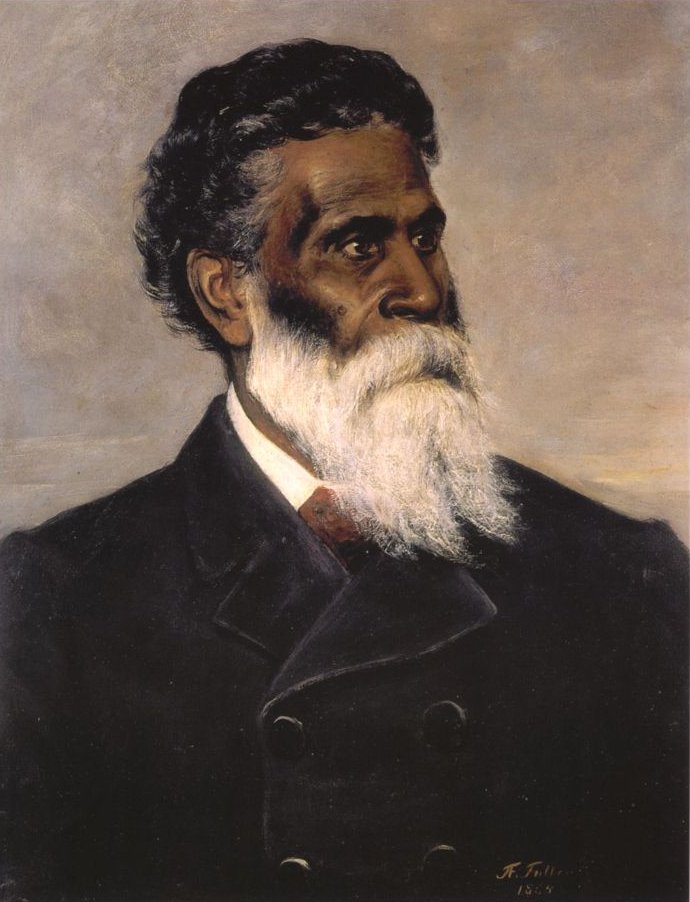
In 1885, through the good auspice of her uncle, Florence, then eighteen years old, received a commission from Ann Fraser Bon, the Scottish-born philanthropist and a formidable woman who fought strenuously to protect the limited rights of Aboriginal people. She asked Florence to complete a formal oil on canvas portrait of William Barak, the leader of the Wurundjeri people, who was also an artist, and who became an advocate and leader in the wider Aboriginal community. The work was acquired by the State Library of Victoria. It is interesting to note how two art critics viewed the finished portrait. One complimented the way in which Fuller avoided romanticising Aboriginal people while another critic said that in his opinion the portrait was an idealisation of the man rather than a truthful portrait.
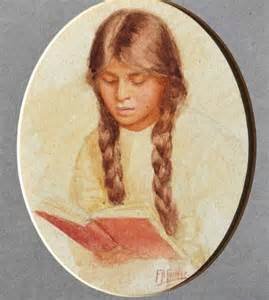
In 1886, Robert Dowling, returned to England and Florence gave up her work as a governess and decided to concentrate on her art, opening up her own studio in Melbourne. For all aspiring artists, to get a wealthy patron is an ideal start to their artistic career and Florence Fuller procured one by a strange turn of fate. Her uncle who had completed the portrait of Sir Henry Loch had started on a portrait of his wife but had not completed it by the time he went on his visit to London. Sadly, in 1886, aged fifty-nine, he died shortly after arriving in England. Florence was then asked by Sir Henry Loch to complete his wife’s portrait, which she did and Lady Loch was so pleased with the end result, she became Fuller’s patron.
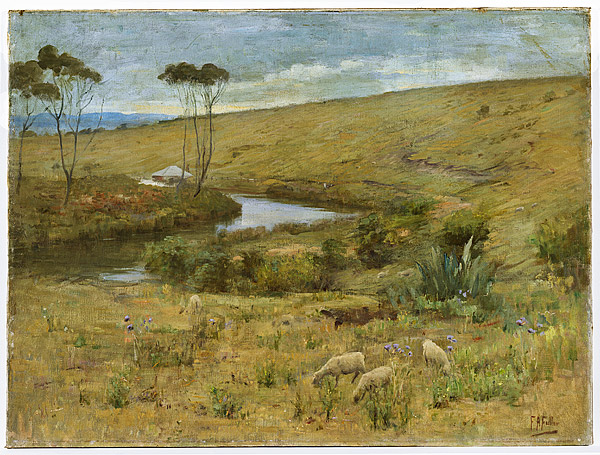
Florence later received tuition from the Australian landscape painter, Jane Sutherland. Sutherland, who had been born in New York, emigrated to Sydney, Australia in 1864 when she was eleven years of age. She was one of the founding members of the plein-air movement in Australia, and a member of the Heidelberg School, an Australian art movement which has often been described as Australian Impressionism. Sutherland was also one of few professional female artists and had to constantly strive for equality and fought hard to further the professional reputation of female artists during the late nineteenth century.
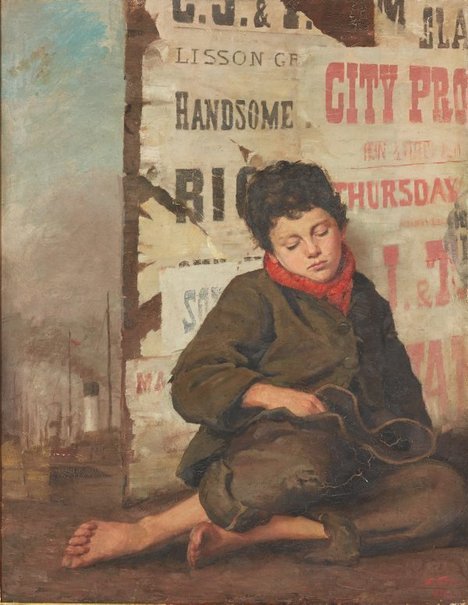
In 1888, Fuller completed a pair of realism paintings featuring poverty. They were entitled Weary and Desolate and both featured child poverty against the backdrop of a ship berthed at the docks in Melbourne. The powerful imagery of the painting, Weary, depicting a homeless child was a potent declaration on the disadvantaged in sharp contrast to the booming economy of the Australian city and although similar paintings by English Victorian realist artists were common this artistic work of urban realism was a shaming of Australian society and its injustice and as such, was very unusual. Look how Fuller has included the tattered advertising hoarding, its message frayed and in shreds weathered by time and the elements almost making its messages unintelligible. The title of the work is based on the poem, Weariness, by Longfellow with its opening lines:
“…O little feet! that such long years
Must wander on through hopes and fears,
Must ache and bleed beneath your load…”
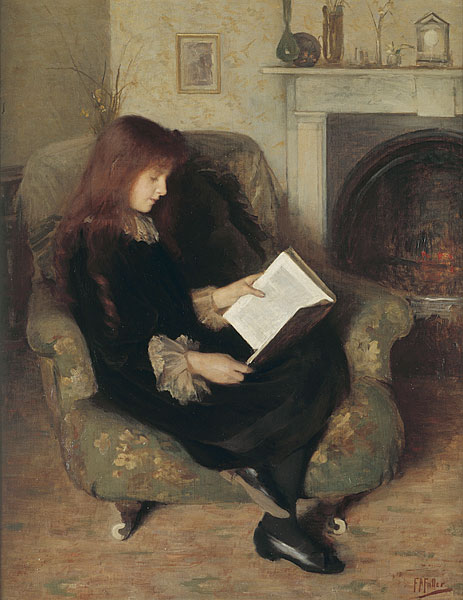
At an exhibition of the Victorian Artists’ Society in 1889 Fuller won a prize for the best portrait by an artist under the age of 25. Another portrait of a child by Fuller which has a happier connotation is her 1890 work Inseparables which depicts a child reading her book. The joy the child gets from reading is depicted in this warm painting. One of the interesting things about studying a painting is our “take” on it. A good example of this is how this painting was viewed by two very different experts. The work was shown as part of The Edwardians exhibition at the National Gallery of Australia and the curator saw the depiction as a “love of reading”. On the other hand, the Australian art historian Dr Catherine Speck looked upon the work as being all about “subversion” because it portrayed a young woman reading and by doing so “gaining knowledge” rather than the stereotypical role of a family and home maker.
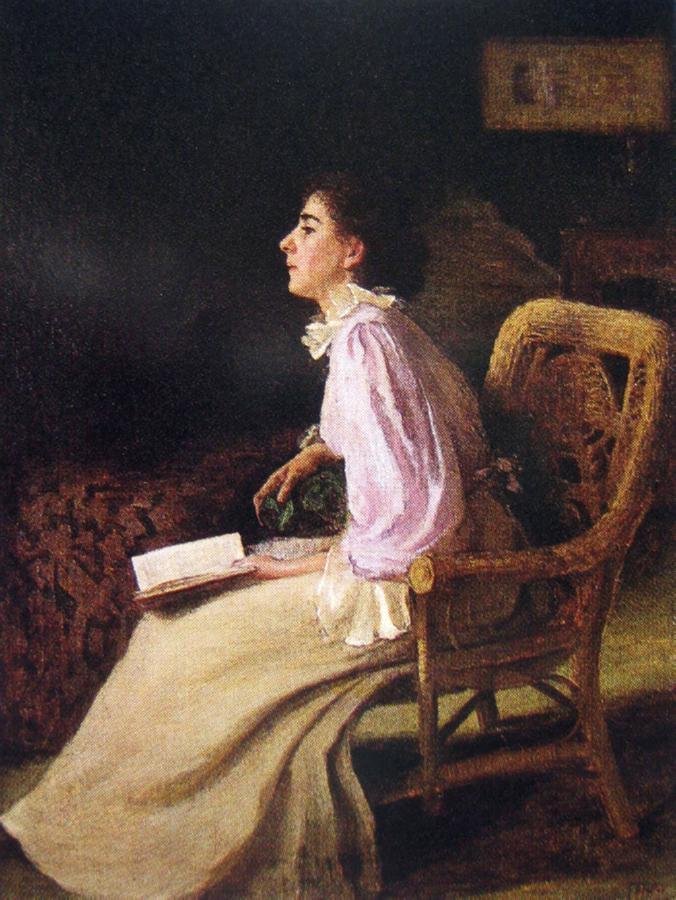
Another of Fuller’s paintings which focused on the enjoyment of reading was her work Lady in a Wicker Chair. In the depiction, we see the lady leaning forward, as if someone is coming into the room where she is reading. She ensures that she doesn’t lose the place in her book by marking it with her hand. Look how Fuller has made sure the attention of the viewer is solely on the lady by darkening and blurring the detail of the background.
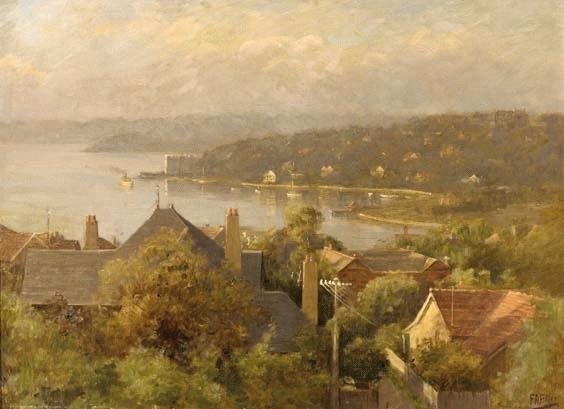
In 1892, she, accompanied by her married sister Christie, left Australia, and travelled to Cape Town to recuperate from an illness. She and her sister were the guests of her uncle Sir Thomas Ekins Fuller, a member of the Parliament of the Cape of Good Hope and it was through him that she was introduced to Cecil Rhodes, the British businessman, mining magnate and South African politician, who served as Prime Minister of the Cape Colony from 1890 to 1896. She left South Africa in 1894 but before she went she completed a painting depicting the home of Cecil Rhodes. Fuller returned in 1899 and had a number of meetings with Rhodes in order to put together studies for five portraits of him.
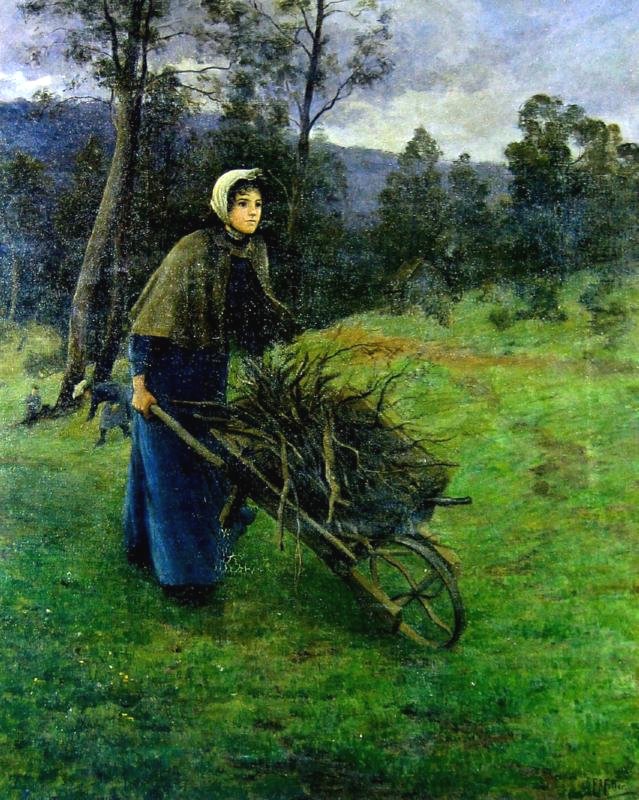
In 1894 Florence travelled to Europe. Her first port of call was Paris where she enrolled at the Académie Julian, where one of her tutors was William-Adolphe Bouguereau. It was at a time when French art schools had just recently opened their doors to women. This was not a popular move with many of the male artists, who felt threatened and the aspiring female painters were often held in contempt by some of the male tutors. The female students at the Académie often suffered from lowly and congested conditions. Whilst there, she exhibited her work at the Paris Salon in 1896 and again in 1897. Her works were also exhibited at the Royal Academy in 1897 and later in 1904, as well as being hung at exhibitions at the Royal Institute of Oil Painters and the Manchester City Art Gallery.
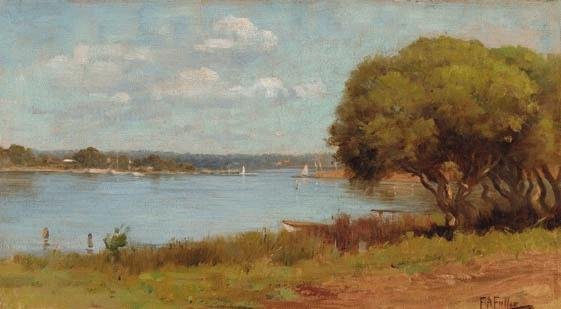
She returned to Australia in 1904 and for the next five years lived in Perth, where her sister Amy lived. Fuller held an exhibition of 41 works in Perth in 1905, and the newspaper proprietor Winthrop Hackett described one of her paintings, Early Morning, which was later purchased for the Art Gallery of Western Australia:
“…it is probably the greatest success in the domain of pure impressionism … because of its pure tone, its admirable perspective and its strongly vivid reproduction of that mysterious and evanescent but always brilliant colouring that is momentarily lent by the sunrise…”
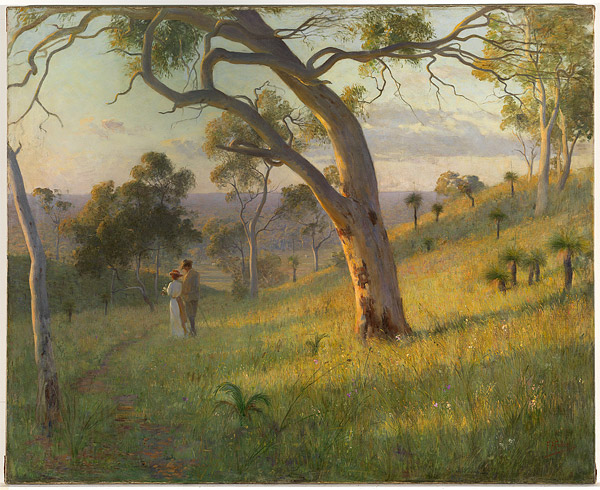
In 1905, she completed a painting entitled A Golden Hour. When the National Gallery of Australia bought the painting in 2013 they described it as:
“…a masterpiece … giving us a gentle insight into the people, places and times that make up our history…”
The depiction is of a tranquil early evening, the end of a beautiful day. The sun is slowly setting and it gives off a warm glow over the xanthorrhoea, grasses and wildflowers, and lights up the trunks of the white gum trees. In the midground we see a couple walking side by side through the wildflowers towards the valley. Look at the mountains and the sky in the background which have been painted in many pink tones, adding tranquillity to the scene. If we close our eyes we can sense this calmness, this serenity, and soon our imagination even allows us to hear the sound of birds as they circle the gum trees. The setting of the landscape is the Darling Ranges in Western Australia, and the couple we see in the painting are John Winthrop Hackett, businessman, philanthropist and owner of the West Australian newspaper, and his new wife Deborah Vernon Hackett, née Drake-Brockman, who had married Hackett in 1905, when she was just eighteen years of age, much to the horror of her family. When exhibited in October 1905 the art critic for The Western Australian newspaper called the painting the pièce de résistance of Fuller’s exhibition. Many of the art critics of the time were also complimentary with regards to the work, citing the expertly balanced composition and the masterful way Fuller had depicted the hills and sky but most of all praised ‘the wonderful light effects which they referred to as ‘the golden glories of late afternoon’.
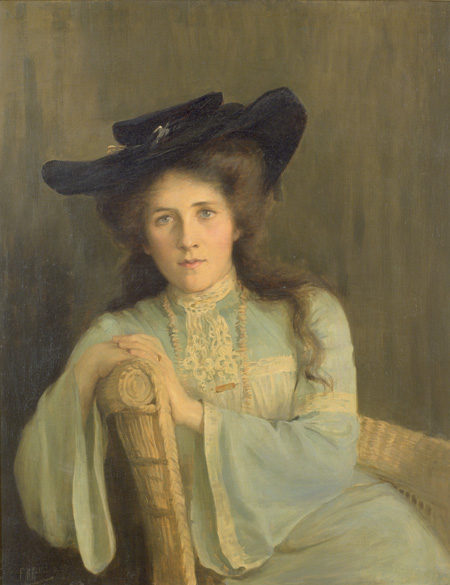
The lady depicted in A Golden Hour also appeared in another painting by Florence Fuller, entitled Portrait of Deborah Vernon Hackett, which she completed around 1908. Hackett was born in West Guildford, Western Australia, in 1887, she was the daughter of surveyor Frederick Slade Drake-Brockman and heroine Grace Vernon Bussell and younger sister of Edmund Drake-Brockman. On August 3rd 1905, at the age of 18, she married Sir John Winthrop Hackett who was forty years her senior much to the annoyance of her family. He was a newspaper proprietor, newspaper editor, and prominent Western Australian politician. Fuller depicted Hackett compassionately. The portrayal capturing the young woman’s grace and charm. But she also conveyed the complexity of the twenty-one-year old woman’s character through the contrast between the femininity of her soft, pale-blue dress and the dramatic black hat. She gazes directly at us. It is a somewhat piercing expression questioning why we are staring at her.
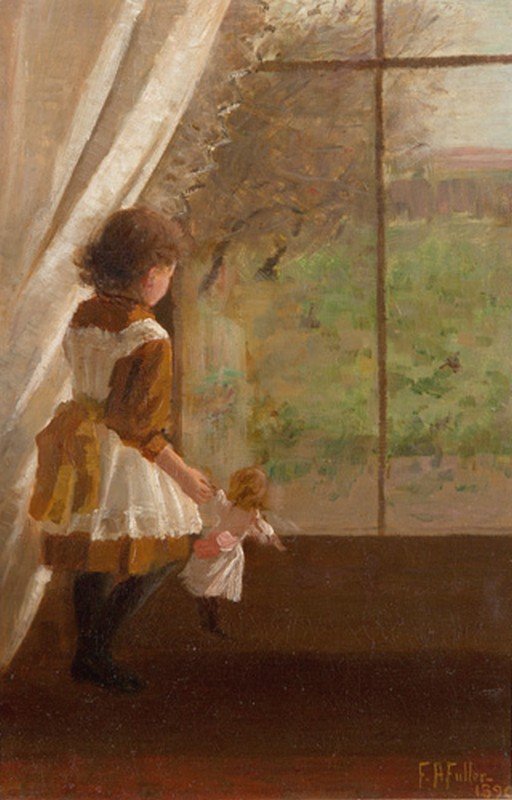
Florence Fuller joined the local theosophy society in Perth in May 1905, after attending a talk given by the enigmatic theosophist Charles Webster Leadbeater. Fuller’s time was taken up by the local branch of the society variously holding the positions of secretary, treasurer, and librarian of the local branch. She went on to paint many portraits of the leaders of the Theosophical Society. In 1911, she travelled to London and three years later journeyed to India and visited Adyar, the headquarters of the Theosophical Society.

Later that year Fuller returned to NSW and settled in Mosman where she mainly painted miniatures. In 1920, the Society of Women Painters in New South Wales established a School of Fine and Applied Arts, with Florence Fuller appointed as the inaugural teacher of life classes. Fuller began to suffer from mental illness, which deteriorated over time, and in 1927, at the age of sixty, she was committed to Gladesville Mental Asylum where she died nearly two decades later, on July 17th 1946, aged seventy-nine. She was buried at Rookwood Cemetery, New South Wales.

